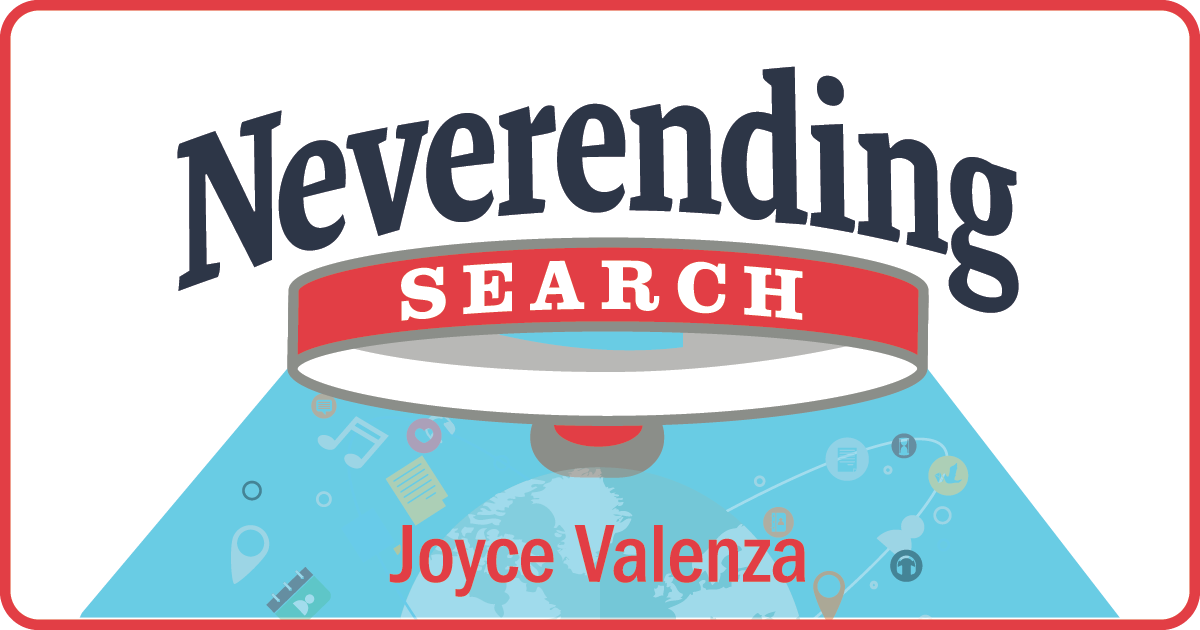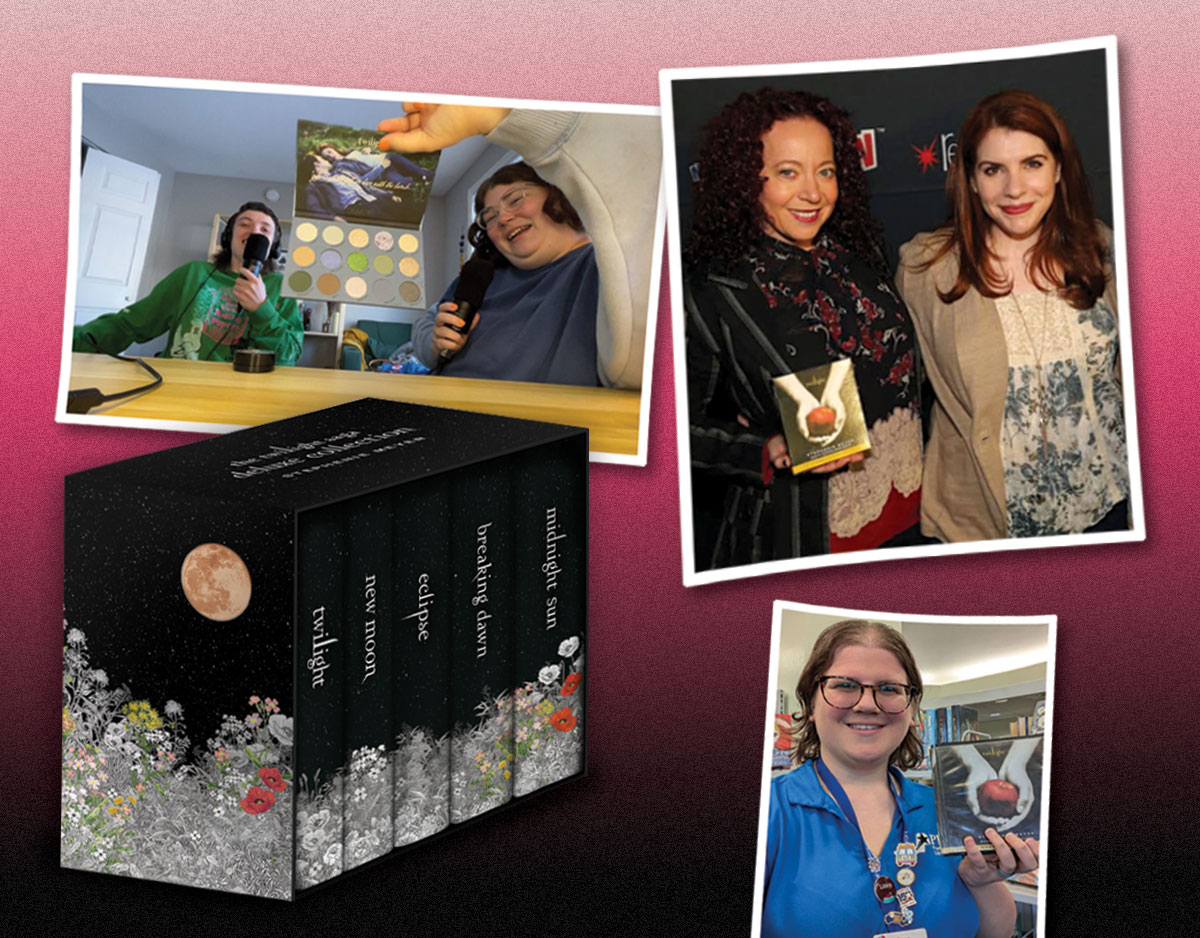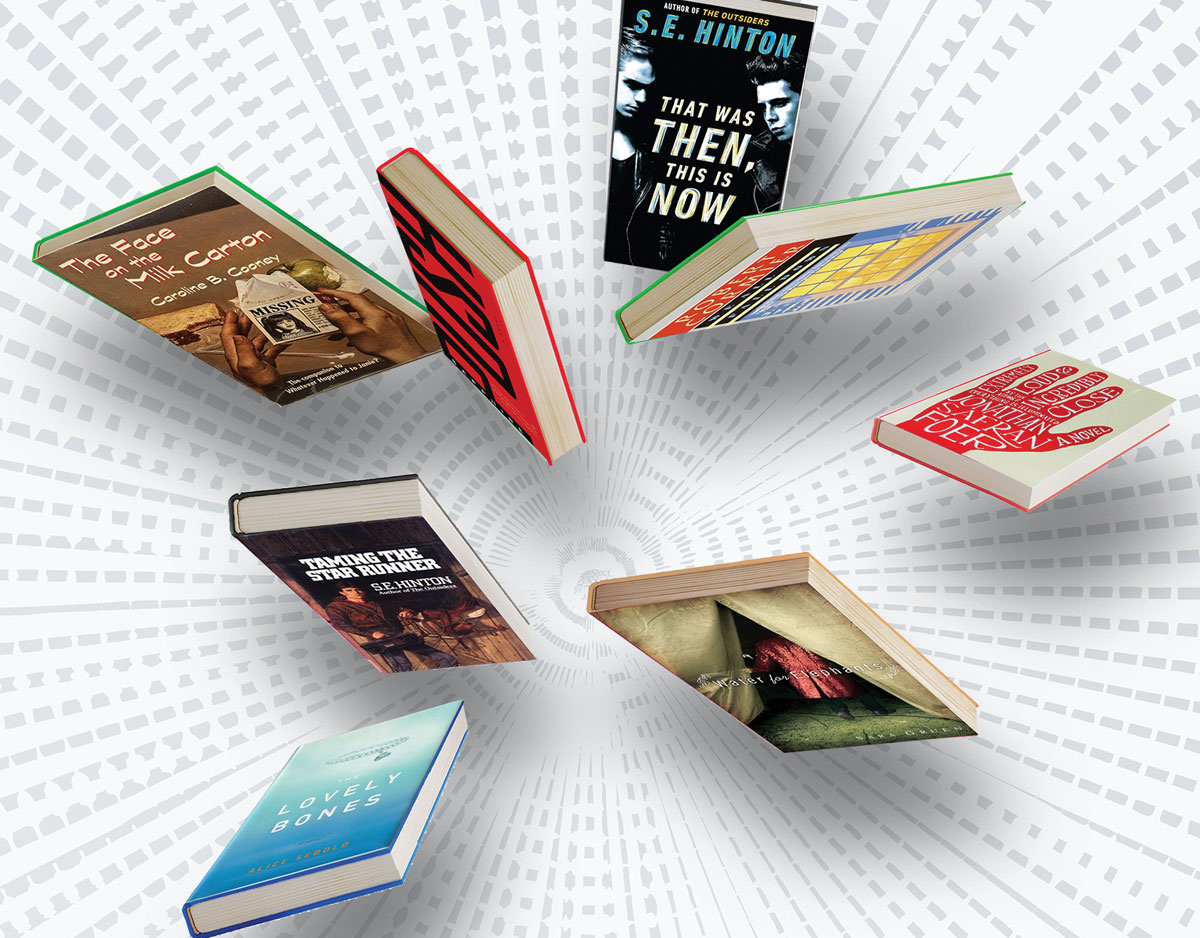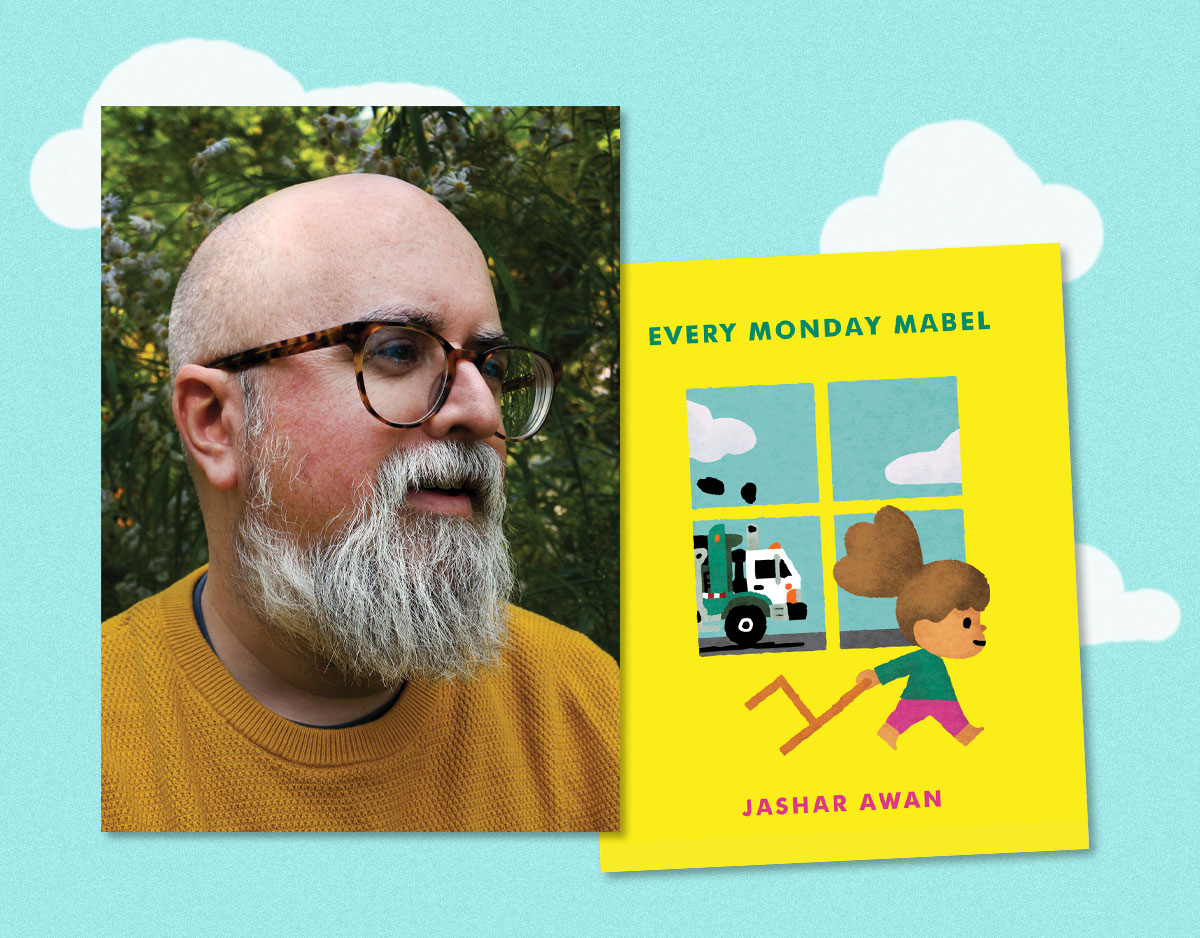SCROLL DOWN TO READ THE POST
Get out your color pencils, crayons, markers: #colorourcollections comes back.
 Confession: I don’t know that I completely get the coloring craze. I recognize the value of stress reduction and mindfulness. I know there’s a certain nostalgia associated with coloring. Last year, however, I did get super excited about one particular coloring project: #colorourcollections or #colourourcollections week!
Confession: I don’t know that I completely get the coloring craze. I recognize the value of stress reduction and mindfulness. I know there’s a certain nostalgia associated with coloring. Last year, however, I did get super excited about one particular coloring project: #colorourcollections or #colourourcollections week!
And her it comes again!
Organized by the New York Academy of Medicine Library, #ColorOurCollections returns next week. From February 6th through February 10th, you and your students/community will be able to discover, download, print and color pages shared by more than 200 libraries, museums and special collections from around the world–among them: Biodiversity Heritage Library, Bodleian Libraries, Cambridge University Digital Library, Europeana, Medical Heritage Library, Metropolitan Museum of Art, National Library of Medicine, and New York Public Library
ADVERTISEMENT
ADVERTISEMENT
The social media campaign raised awareness of these collections by sharing color sheets and books based on content in these special collections on Twitter, Instagram and Facebook, using the hashtags #ColorOurCollections, and #ColourOurCollections. These platforms streamed a rich variety of illustration and art including children’s classics, natural histories, botanicals, anatomical atlases, university yearbooks, patents, and more.
You and your students can join the fun of this second annual celebration of archival content by following the stream of both black and white canvases, as well as the resulting colorful creations. And this year, the coloring books will be archived on the event website.
Check out the in-progress list of participants for 2017.
The article Collaborative Social Media Campaigns and Special Collections: A Case Study on #ColorOurCollections, written by New York Academy of Medicine librarians in the Journal of Rare Books and Manuscripts reflected on the process and the value of the last year’s event.
While all of this is great fun for participants, consider the engagement a social media campaign like this inspires. Reflecting on the event as a case study, the authors offer several interesting conclusions and lessons learned that might inspire further collaborative library social media campaigns (emphasis in the quotes is mine):
The fun of #ColorOurCollections came from inviting members of the public to interact with collection items. The campaign inspired adults and children, academic and public library patrons, and everyone in between to pick up a crayon and take on the role of the colorist. A campaign that invites everyone to participate—either like this one, by coloring, or by contributing a story or video or photograph—has the potential to interest many more people than a campaign that, for example, passively asks for follows and retweets
#ColorOurCollections increased awareness of our institution’s collections, and those of other participants, in measurable ways. The campaign offered a framework for engagement, facilitating connections to current and prospective patrons, as well as peer-to-peer relationships. Repeated name-checking of the Academy on social media and in the press raised awareness of our Library and its holdings and gained us new followers on our social media accounts. As a result of the campaign, we follow more of our peer institutions and know more about their collections . . .
A big part of the appeal for participants in #ColorOurCollections was rooted in the campaign’s broad call, and in the myriad ways institutions could invite their audiences to participate during a five-day window. While the campaign was based on social media, libraries could tailor their participation to in-person constituencies as well, with drop-in coloring sessions, printed handouts, and other coloring events. The campaign was expansive enough to accommodate not only varied library services, but it also facilitated institutional choice with regard to collection material shared. Libraries could choose images for #ColorOurCollections from hidden collections, catalogued collections, items on exhibition, or other materials relevant to institutional calendars. Allowing institutions to choose their own materials for sharing and coloring facilitated individualized outreach and advancement of institutional missions, yet still within the auspices of the broader campaign . . .
The interactive element of #ColorOurCollections also created an opportunity for existing followers and core supporters to read about collection materials, explore our catalog, and use the content creatively. #ColorOurCollections allowed audiences to interact with rare material frequently housed in collections accessible to a limited audience, or material that may be known only to a well-connected researcher. It invited public users to adjust their understanding of what might be available in a library and to seek out new and unfamiliar sources for creative and scholarly work. Online audiences became ambassadors for our collections, sharing our sheets both online and as printouts, and reporting back that they and their children or grandchildren loved the coloring sheets. Inciting our base facilitated an introduction of our Library to new followers drawn to our visual holdings and then interested and engaged followers more long-term by following us on social media. (16-18 of pdf)
Save
Filed under: #colorourcollections, coloring, libraries, museums, twitter
About Joyce Valenza
Joyce is an Assistant Professor of Teaching at Rutgers University School of Information and Communication, a technology writer, speaker, blogger and learner. Follow her on Twitter: @joycevalenza
ADVERTISEMENT
SLJ Blog Network
Name That LEGO Book Cover! (#67)
Review of the Day: The Experiment by Rebecca Stead
Comics for 21st-century literacy: Why digital access is a game-changer | Sponsored Post
CONNECT THE DOTS: How I used the 5 c’s to go from Harlem to Hollywood to Harvard…to Hairiette!; a guest post by author Tanya Wright
The Classroom Bookshelf is Moving
The Lost Sophie Blackall Interview
ADVERTISEMENT
ADVERTISEMENT







